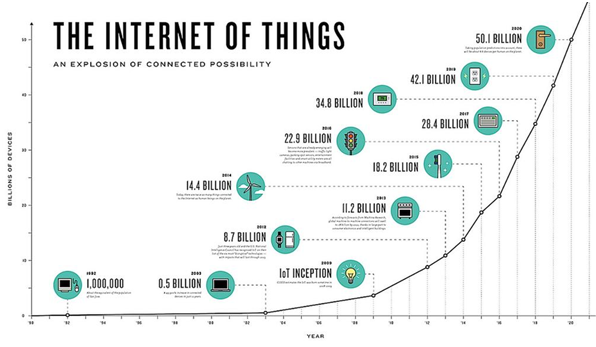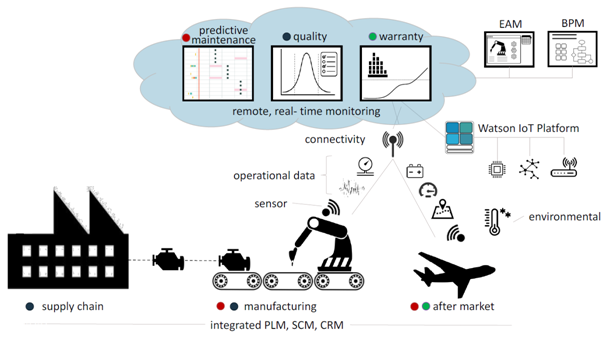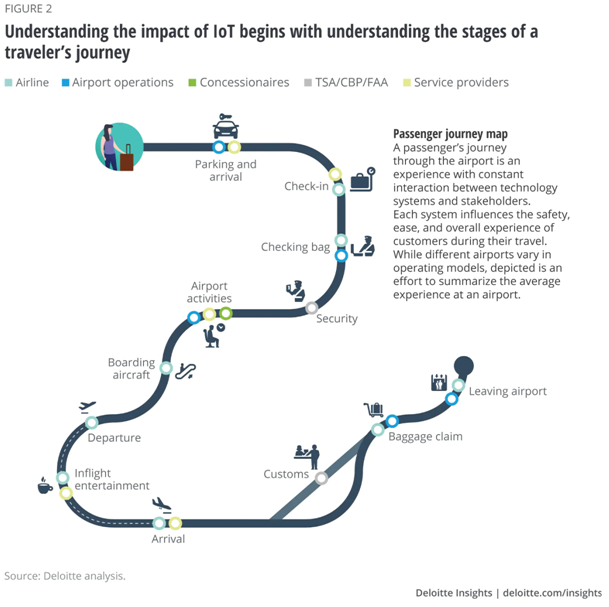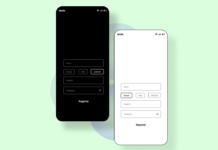Technology is expanding its claws, and now everything is becoming digitally connected. Airport infrastructure is responsible for billions of travelers, and a connected infrastructure can ease down a lot of hassle for both airport authorities and people.
Internet of Technology with a variety of technologies helps in improving travelers’ experience and tap into monetary benefits by infusing efficiency and new revenue streams. Actually, IoT activism and awareness are boosting across the aviation ecosystem.

The knowledge to harness and maximize the benefits from IoT application is felt necessary. Surely, you would be wanting to know more. So, let’s dive into the application of IoT in the aviation industry and airports.
IoT in Airport Infrastructure
A lot of people think IoT is a technology, rather it is a technology architecture that can make human life more lavishing. IoT is an architecture where you bring a number of technologies together to do something new from scratch.
Let’s understand the IoT concept through an airport example.
- Airports have to locate a number of non-motorized ground service equipment every day. GPS and sensors infused into these equipments can work as a medium to exchange information among multiple devices, and it can also enable locating of equipment with ease.
- A network designed to pass this information can send the collected data to the central server.
- The server can aggregate the data of the cart with location, time of maintenance & type, scheduling of all other carts, and more.
- Right after, the data will be analyzed together and plans can be curated to find out cart to be retrieved and enhanced (undergo maintenance).
- This provides access to great information in hand, bringing the right pieces of apparatuses and maintenance.
- Workers can use this information collected by IoT infrastructure to take new actions, digital information to create values in the real world.

In short, the flow of specific and useful information can turn out really effective throughout the process. As per IoT app developers, this information can be about anything that can solve a number of airport businesses and operations.
How can IoT Benefit Airport Operations & Business?
The major classes of IoT benefits are selecting IoT capabilities that are right of airport need and serves a purpose and help in fulfilling the goal, such as:
- Operation efficiency
- Boost revenue streams and creating new opportunities
- Strategic differentiation
Even currently, IoT is being used by a number of airports in different ways such as to collect travelers’ information, monitor traveler traffic, baggage system, and managing facilities. The major reason for employing IoT this way is increasing operational efficiency.
Apart from this, increasing security, effectiveness, streamline processes, and managing differentiation can be other reasons. Finally, the most sought-after reason would be to generate more revenue by using IoT concepts like geofencing to gather fees from ride-shares.
Let’s look at the major benefits IoT can bestow to airport systems
Improve Operations
Most of the current air terminal usage of IoT centers around functional & operational effectiveness. For instance, an air terminal delegate or worker shared that one airport has “an online investigation framework that utilizes an instrument given to support ground teams and connected with the Internet with GPS usefulness. The objective for this device is to carefully associate support team assessment discoveries to a map of the air terminal grounds.”
Another air terminal is arranging a keen restroom pilot test. The air terminal will introduce IoT sensors on different restroom resources, including toilets, faucets, lighting, deodorizers, tissue containers, and other gear, in probably the most active washroom.
These sensors will communicate information to offices to alarm them in real-time about different deficiencies and breakdowns. As a feature of this pilot, the restroom will have a group counter and a client input catch to catch the impression of washroom tidiness, which will empower facilities to measure neatness against real use.

The drawn-out skyline for IoT applications supporting effectiveness & efficiency at airport terminals may incorporate independent vehicles, tenders, and things/baggage trucks. Whenever coordinated with different information sources like timetables, push-back occasions, and door numbers.
This information could completely robotize a landing area where robots and independent/autonomous vehicles deliver things, fuel planes, clear trash, and perform the different assignments.
Strategic Differentiation
As gaining efficiency would be undeniable bliss to airport staff and authority, a smart airport can also provide a more differentiated product and better traveler experience than the nonsmart airport. However, differentiation can be more widespread and significant, most importantly for the airport where competition comes from the ecosystem and mode of travel.
For instance, greenhouse gas emissions reduction, limiting noise level within neighboring areas, and smartly maintaining the airport open space. It all can be a major aspect of differentiation to make the airport look more attractive and appealing to the community.
Besides, smart equipment like sensors can collect more information about customers such as their interests and preferences, which can provide a clear picture of what are differentiation options of traveling. To instill new aspects of autonomous airport services, airport authorities hire IoT developers with great expectations.
Boost New revenue Opportunities
Are you wondering how new revenue streams can be developed using IoT? Well! New sources of revenue can be developed by creating new products and services to attract customers and using IoT to sell more to existing customers.
Creating IoT solutions aiming to generate new revenue streams can be complex. Although, they can be created upon existing solutions to help to ease implementation. A report on airport automation catered by subject-matter experts indicated that stakeholders see value in automation and creating opportunities for a better future.
The significant use cases are being investigated in marketing, advertising, and off-airport transit recommendations to boost the individual experience. However, the need for great funds and the involvement of the greatest number of stakeholders make it hard to pursue these revenue-generation schemes.
How Can IoT Improve Airport Experiences?
As I mentioned above, airports can leverage IoT to enhance efficiency, differentiate strategy and generate new revenue streams. These benefits of IoT can revamp the complete operations of airports. As, airport operations can typically be categorized into air and land operations.
Let’s see how IoT can impact these operations.
Travelers’ Experience
The technology architecture can be applied in every stage of travelers’ journey, such as arrival at the airport gate. For example, IoT way-finding applications can enhance the parking and check-in experience. Besides, IoT application development services can also be used to curate auto check-in for flights, document verification, and more.

Airport operations
Similar to the traveler’s journey, operation at the airport can be looked through the lens of an airplane’s journey. Besides, IoT implementation can also help in mapping each process across all the stages and stakeholders can also contribute without hassle.
Smart Management
With a variety of technologies, IoT can open the floodgate of opportunities for tech-savvy managers. Besides, structured planning and processes can enable airport managers to navigate all the options and gain confidence that will support the airport’s business goals.
Final Impact
Despite the usage, IoT’s biggest impact can be witnessed in the core business model. Overall traveler’s experience can help in catering to amazing airport encounters. From ordering rides to and paying, handling traveling documents, and demanding additional services can turn out an aspect of better opportunity.
Besides, airport business aspects such as retail sales, parking receipts, and other customer interaction will be autonomous. IoT app development services can also open new business opportunities by boosting customers’ interest in the retail shops at the airport.
Overall, the airport experience will be futuristic and blissful for customers.







